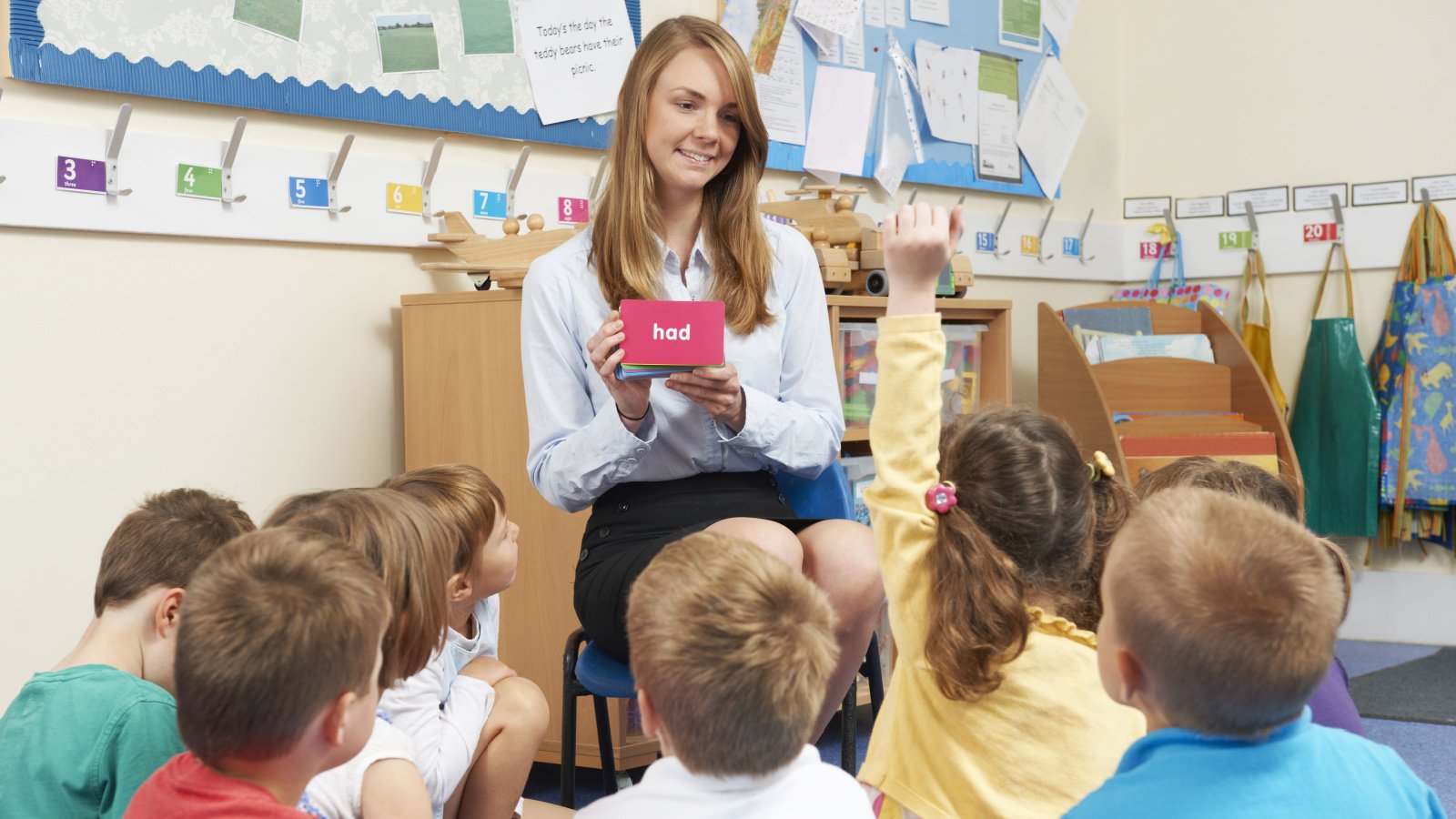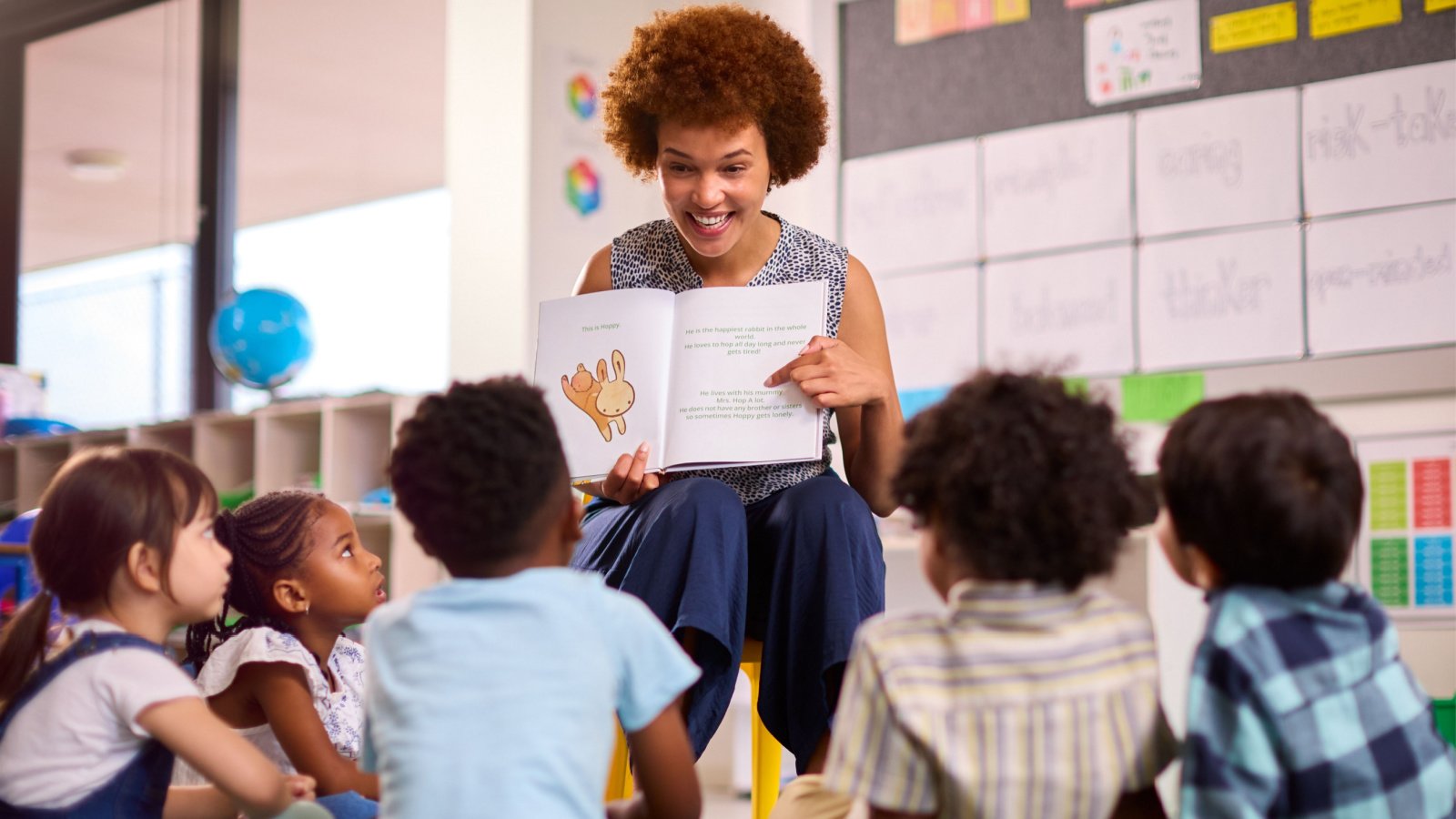According to the Education Data Initiative, public K-12 expenditures total $794.7 billion. Why, then, are American students’ reading scores appallingly below expectations? Developments in curriculum and instruction have revealed that the best way for students to learn to read is with phonics. Some state legislatures are looking into imposing science-backed teaching methods to rectify the worrying trend of literacy loss among the nation’s students.
CA Bill Seeks to Force Adoption of Phonics

Unbeknownst to many parents, not all school districts nationwide rely on phonics as the main thrust of reading instruction, and student achievement is astoundingly low nationwide. A bill in the CA legislature seeks to address this disparity by forcing the adoption of phonics in reading instruction.
Students Persistently Perform Below Grade Level in Basic Literacy Skills

The initiative to pass the bill addresses the concerning fact that a significant portion of students are performing below grade level in English language arts, attributed largely to current teaching methodologies popularized since the 1980s that moved away from phonics. Virtually all stakeholders see mastery of reading in education as paramount for success.
Reading Scores Declined in Most States from 2019-2022

The National Center for Education Statistics revealed that in 2022, fourth and eighth-grade reading scores declined for most states and jurisdictions compared to 2019. While some attribute these declines to COVID-19 shutdowns of schools across the country, the trend pre-dates COVID-19 and persists and compounds yearly as students start and end the school year behind.
Top and Bottom Performing States

According to the National Literacy Institute, the top three states with the highest child literacy rates are Massachusetts, Maryland, and New Hampshire, while the bottom three are Louisiana, Mississippi, and New Mexico.
CA Bill AB 2222 Would Mandate Phonics

A newly proposed California Assembly bill, AB 2222, spearheaded by California State Representative Blanca Rubio and supported by educational leaders and advocacy groups, aims to mandate phonics-based instruction.
Competing Theories to Phonics-Based Instruction

Phonics instruction is more effective in teaching literacy than other popular strategies taught to many students in teacher preparation programs, including “whole language” and “balanced literacy,” which rely on guessing, intuiting, interpreting context, and predicting rather than “sounding it out.”
Coalitions of Support for Phonics Instruction

Rubio has found support from various corners, including established education publication EdVoice and organizations like Decoding Dyslexia California and Families in Schools. These groups advocate for a shift toward a reading instruction method grounded in phonics, arguing it offers a solid foundation for literacy.
Reading Wars Debate, Imposing a Consistent Standard

Despite some schools in California adopting the “science of reading,” others continue to use balanced literacy or whole language approaches. This ongoing debate, known as the “reading wars,” underscores the critical importance of literacy in achieving educational and life success. This bill would impose a statewide requirement on schools rather than relying on districts to determine their own approach on a case-by-case basis.
Difficulties for Students Learning English as a Second Language

Despite evidence establishing the preeminence of phonics-based approaches to literacy, the wholesale transition to this teaching style faces resistance, especially concerning the needs of English learners, who may require different supports.
CA Bill Emphasizes Professional Development and Training for Teachers

To address these concerns, proponents of the California bill AB 2222 emphasize the inclusion of professional development and curriculum adjustments to meet the unique needs of non-native English speakers. This holistic approach ensures that all students, regardless of their background, have the tools to succeed in literacy.
Students Learning English Require More Comprehensive Solutions

A spokesperson for Families in Schools highlights the personal and societal stakes in addressing literacy, stressing the need for comprehensive solutions to prevent the continuation of failure and inequality in education.
Teachers’ Unions Have Not Weighed In, Generally Opposed to Mandates

The teachers’ unions, traditionally wary of mandates on teaching methods, have yet to respond to the bill. Meanwhile, the proposed legislation comes with a significant financial commitment for teacher training, estimated between $250-300 million.
Investment Expected to Pay off in Greater Economic Productivity and GDP

However, the potential economic return, in terms of increased state and nationwide GDP, is argued to far outweigh these costs. A future workforce suffering the compounded effects of being behind in literacy year after year needs immediate innovative intervention and a path toward increased competencies to adapt to a rapidly advancing marketplace.
Phonics Gaining Momentum

With a literacy rate that leaves much to be desired among California’s– and the nation’s– third graders, particularly among disadvantaged groups, the push for a more effective reading instruction method is gaining momentum. Advocates argue that the evidence supporting phonics-based teaching is too compelling to ignore.
Science of Reading Program Can Help Students Gain Functional Literacy

In California specifically, the “science of reading” addresses current literacy challenges and prepares the state for upcoming requirements, such as dyslexia screening in schools. This approach is essential for equipping teachers with the necessary skills to improve student outcomes.









好文!2026年世界杯越来越近了,让我们共同期待这场全球足球盛宴。日期:2025-11-12 09:40:28 (-03)。